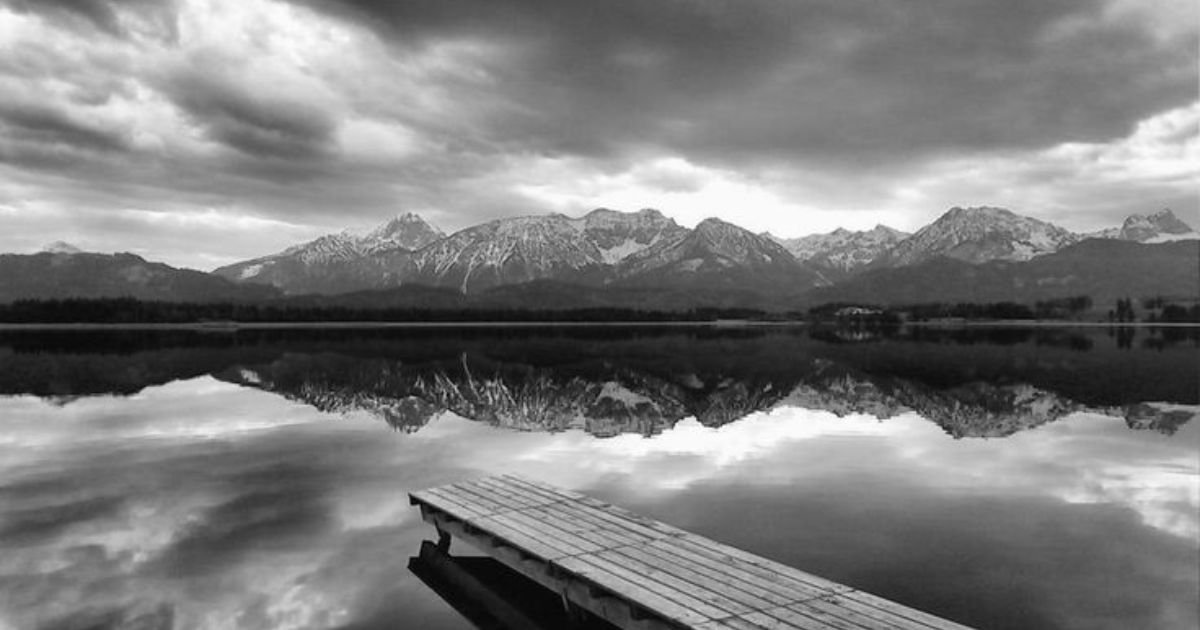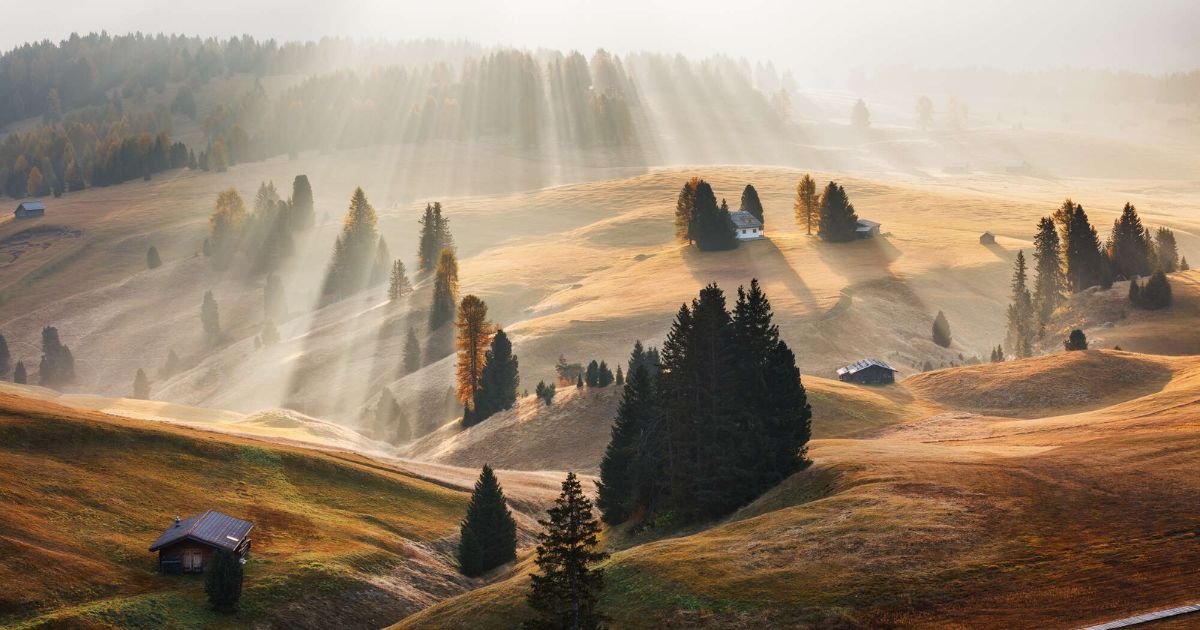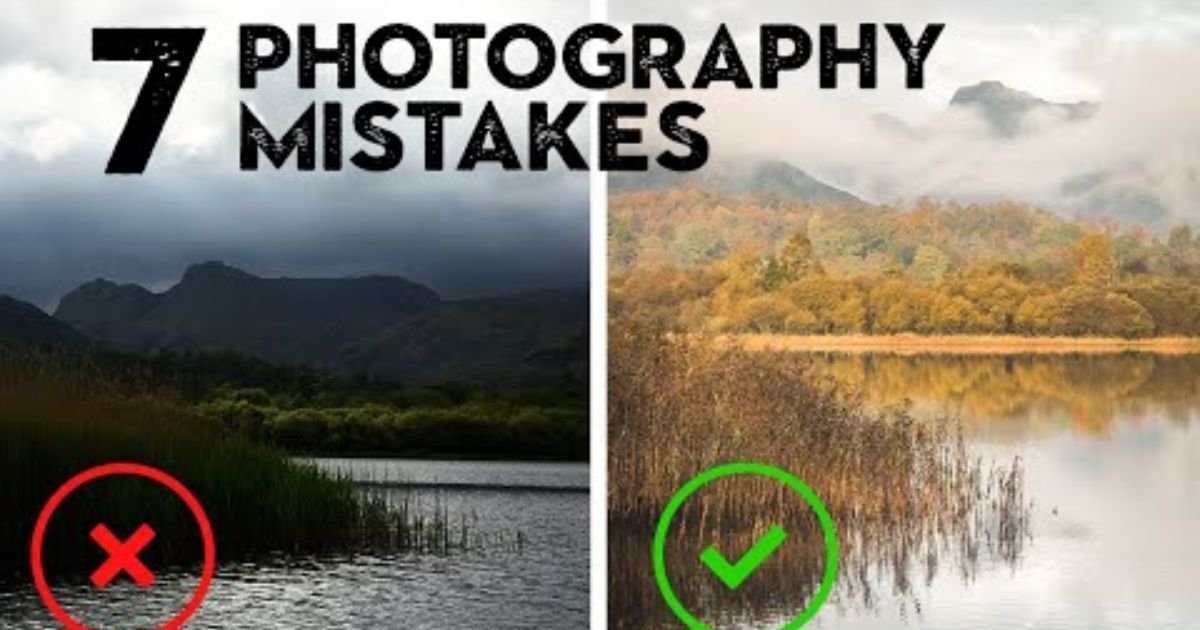
Black & white nature photography tips
Black and white nature photos show outdoor things without colours. They make pictures of trees, animals, and places look special. These photos use light and dark to make nature look different. People can see new things in nature when the colours are gone.
Imagine capturing nature’s beauty in stunning black-and-white. You don’t need fancy gear or years of experience. With a few simple techniques, you can create eye-catching photos. This guide will show you how to see the world differently. Get ready to transform ordinary scenes into artistic masterpieces.
Black and white photos of nature can look very nice. They show shapes and lines better. You’ll learn how to use light well. This guide tells you how to set up your camera. It also shows you how to edit your photos. Soon, you’ll be taking great black-and-white nature pictures.
Tips for taking nature photographs for free
Nature photos can be fun to take. You don’t need fancy gear to start. Use what you have, even a phone camera. Go out early in the morning for soft light. Look for interesting shapes in plants and trees. Try to catch animals when they’re calm and still.
Water can make great nature photos. Lakes and streams look nice at sunrise. Get close to flowers to show their details. Use the sky to make your photos more colourful. Cloudy days are good for taking forest pictures. Don’t forget to enjoy nature while you take photos.
The importance of nature in photography
Nature photography helps us see the world better. It shows us things we might miss, and you can learn about plants and animals. Taking photos makes you slow down and look. You start to notice small details in nature, which can help you feel closer to the outdoors.
Nature has many moods and colours. Sunsets can make everything look warm. Rain can make leaves shine and glitter. Fog can make forests look mysterious. Snow can turn a field into a white wonderland. Each season brings new things to photograph. Nature is always changing, and that’s what makes it fun.
The Best Things to Focus On When Photographing Nature

When taking photos in nature, look for interesting shapes. Trees, rocks, and flowers all have unique forms. Pay attention to how light falls on things. Morning and evening light can be very pretty. Try to find animals in their natural settings. Water can make great reflections for your photos.
Nature’s colours can be very eye-catching. Look for bright flowers or autumn leaves. Texture is important, too, like rough tree bark. Sometimes, small details can make great close-up shots. The sky can add drama to your nature photos. Don’t forget to show how big nature can be.
Simple Techniques for Black and White Photography
Black and white photos focus on light and dark. Look for strong contrasts in your scenes. Bright areas next to dark ones work well. Cloudy days are good for soft, even light. Shadows can create interesting patterns and shapes. Try different camera angles to find the best contrast.
Texture becomes more important in black and white. Rough surfaces like tree bark look great, and smooth things like water can be very striking. Use lines to lead the eye through your photo. Shapes become more noticeable without colour. Edit your photos to make the blacks dark.
Editing Your Nature Photos
- Adjust the brightness to make your photo clearer
- Use contrast to make colours pop more
- Crop your photo to improve the composition
- Sharpen details to make your image crisper
- Boost colours slightly to make them more vivid
- Remove distracting objects if needed
- Straighten the horizon if it’s not level
- Add a vignette to draw focus to the centre
- Reduce noise in dark areas of the photo
- Use selective editing to highlight key features
Common Mistakes in Nature Photography

Many new nature photographers make the same mistakes. They rush to take pictures without planning, forget to check their camera settings, use the wrong lens for the shot, or scare away animals by moving too fast.
Lighting issues are also common in nature photos. Sunny days can create harsh shadows, cloudy days may make colors look dull, and flash can startle wildlife or cause red-eye. Some photographers ignore the best times for soft light, and others forget to adjust the white balance for different conditions.
Monochrome Photography
Black and white photography might also be called monochrome photography as the picture is only in black and white and associated shades of grey. It is not a red colour, blue colour, green colour, or any other colour that is distinguishable from the naked eye. This style lacks solid extras, but a photo can look powerful and significant without them.
Shooting in monochrome helps photographers pay more attention to light, shadows, and details that may be masked by colours in photographs. If the picture has no colours, then at this level, all the viewer’s attention is focused on the forms, ornaments, and sentiments in the picture. As with black-and-white movies or paintings, monochrome photos seem eternal, so many prefer such a picture.
Choosing Between Colour and Black and White Photos

When comparing coloured and black-and-white pictures, one must consider the sentiment the individual wants to evoke. Colour photographs depict the world as seen day in and day out. They enhance bright and rather vivid undertones. For instance, you can identify a blue sky, green tree, or red dress because the colours range from blue to green to red. This can give the picture a thrilling feeling of being alive and full of life.
On the other hand, black-and-white photos eliminate the disturbances of colours. The ‘subject’ of abstract artwork is mainly light, natural shadow, and texture. Depending on the image, this can make it look timeless, dramatic, or severe. Black-and-white pictures fit perfectly when one needs to capture emotions or when telling a meaningful story, in which colour might be a distraction.
There is no difference between colour and black and white, as both have advantages. It’s your call regarding what you like and what message or statement you wish to convey through the picture.
Frequently Asked Question
Who are the black and white photographers in nature?
Ansel Adams is a famous black-and-white nature photographer. Other notable names include Michael Kenna and Sebastião Salgado.
What is black-and-white landscape photography?
It captures landscapes without colour, focusing on contrasts and textures. This style creates moody, timeless images of natural scenes
What is the principle of black-and-white photography?
It emphasizes form, texture, and tonal contrast rather than colour. The main goal is to create impactful images using only shades of grey.
How do you take black-and-white landscape photos?
Look for strong contrasts and interesting textures in the landscape. Use filters and adjust your camera settings to capture a wide range of tones.
How do you take beautiful black-and-white pictures?
Pay attention to lighting and composition. Focus on creating images with a full range of tones from deep blacks to bright whites.
Final Thought
Black and white nature photos can be stunning. They focus on shapes, textures, and contrast. This style works well for landscapes and close-ups. Even beginners can create great black-and-white images. Just look for strong lines and patterns in nature.
Practice will improve your skills over time. Try different subjects and lighting conditions. Magnify the tone and contrast of your images. Don’t be reluctant to experiment with your camera settings. Soon enough, you will be taking amazing monochromatic sceneries in nature.






